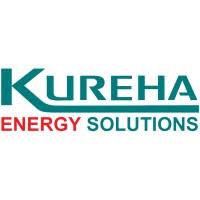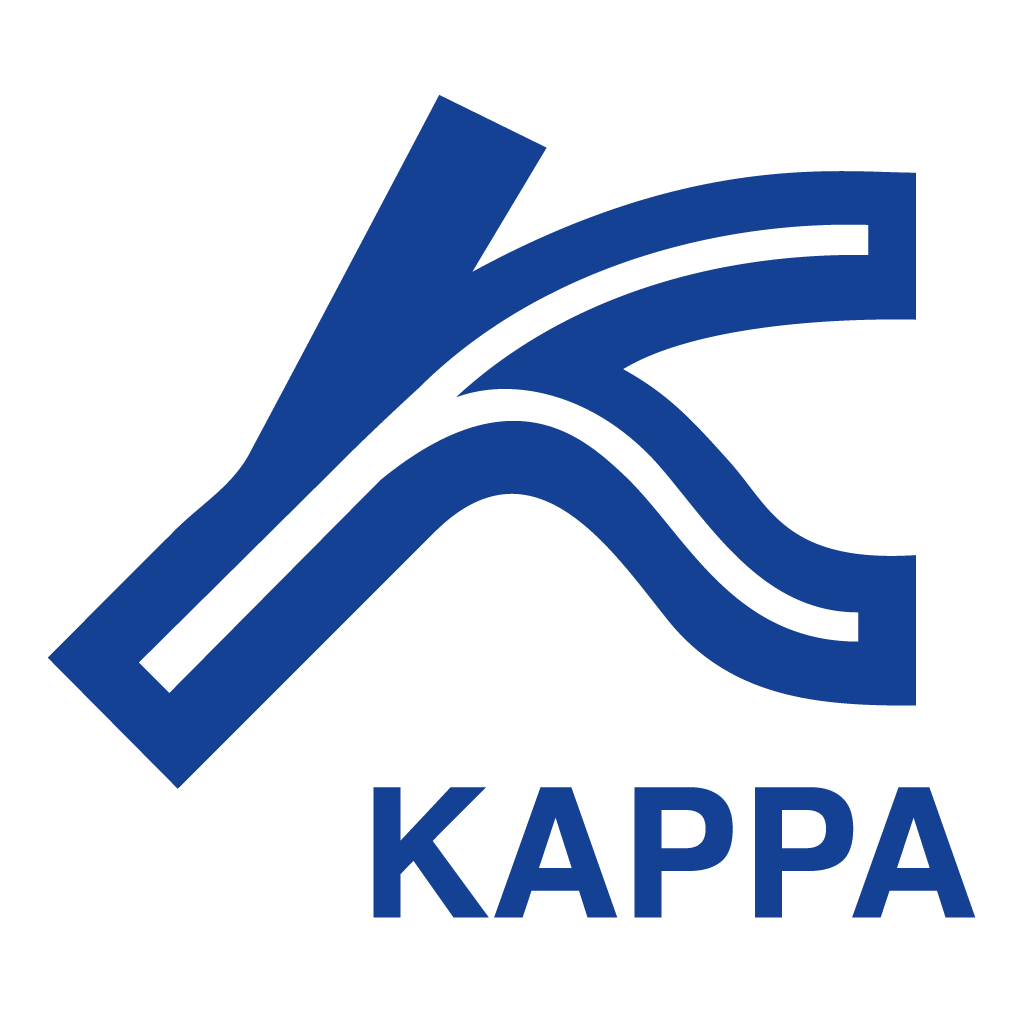Redefining Operational Compliance in Shale Development
The regulatory push is compelling shale operators to enhance their monitoring and reporting systems to meet stringent emissions disclosure requirements and well integrity standards. These compliance pressures are reshaping the operational foundations of shale development, not as an obstacle but as a catalyst for innovation, collaboration, and improved public trust. Global investors, in particular, are scrutinising environmental and regulatory performance, adding another layer of accountability that is driving companies to adapt.
Wellbore integrity is another area where regulators are demanding measurable change. New standards require real-time pressure monitoring, cement bond logging, and regular mechanical integrity testing. While these regulations increase upfront compliance costs, they offer long-term benefits by reducing the risk of groundwater contamination and blowouts. This is particularly important in regions such as Argentina’s Vaca Muerta, where layered formations add geological complexity. Companies that invest early in well integrity solutions and digital surveillance platforms are likely to gain a competitive advantage with both regulators and investors.
Transitioning to Intelligent Water and Emissions Management
Among the most significant regulatory changes are those covering water usage and emissions from flowback and produced water. New standards are encouraging the adoption of closed-loop systems and advanced water recycling techniques, particularly in arid basins. If applied across major shale plays, these regulations could cut surface water extraction by millions of cubic metres each year and open investment opportunities in water treatment technologies valued at an estimated ARS 1.4 trillion.
Tightening regulations on methane emissions, venting, and flaring practices remain equally important for the event’s focus. New rules now require continuous methane monitoring, and in some regions, companies must use certified leak detection and repair (LDAR) technologies. If these systems are implemented across the industry, the resulting emissions reductions could total millions of metric tonnes each year, while also generating service revenues of approximately ARS 950 billion for providers of real-time monitoring and compliance software. Service companies offering adaptive, regulation-compliant solutions for hydraulic fracturing fluids and wastewater management are well placed to take a leading role in this evolving market.
Emphasis on Automated Facility and Site Controls
Advanced facility automation and pad control systems are essential to meeting the event’s focus on new regulatory expectations. By integrating remote sensing, automated shut-off valves, and AI-driven risk alert systems, operators can maintain compliance even under variable load and environmental conditions. These systems not only enhance safety but can also reduce operational disruptions by up to 35% and lower compliance audit costs significantly. In Argentina alone, the market for such digital regulatory systems is projected to exceed ARS 1.1 trillion by 2028.
Regulatory change, while often viewed as a constraint, is rapidly emerging as a differentiator. Those shale companies that adapt quickly and proactively, leveraging automation, real-time data, and predictive analytics, not only mitigate risks but also open new revenue streams, whether through service innovation, better investor perception, or smoother permitting. At Argentina Shale Production 2026, stakeholders will explore how automated controls and compliance-driven technologies ensure long-term growth in an evolving regulatory landscape.













